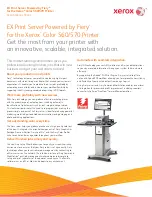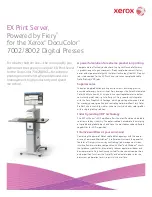
L2TP Network Server
This chapter describes the support for Layer 2 Tunneling Protocol (L2TP) Network Server (LNS) functionality
on Cisco
®
ASR 5500 chassis and explains how it is configured. The product Administration Guides provide
examples and procedures for configuration of basic services on the system. It is recommended that you select
the configuration example that best meets your service model, and configure the required elements for that
model, as described in the respective product Administration Guide, before using the procedures in this chapter.
The Layer 2 Tunneling Protocol (L2TP) Network Server (LNS) is a licensed Cisco feature. A separate feature
license may be required. Contact your Cisco account representative for detailed information on specific
licensing requirements. For information on installing and verifying licenses, refer to the
Managing License
Keys
section of the
Software Management Operations
chapter in the
System Administration Guide
.
Important
When enabled though the session license and feature use key, LNS functionality is configured as context-level
services on the system. LNS services support the termination of L2TP encapsulated tunnels from L2TP Access
Concentrators (LACs) in accordance with RFC 2661.
While establishing the L2TP session from LAC to LNS, the PPP connection for the user is established. The
server uses CHAP authentication protocol to authenticate the connection. While calculating the CHAP response
for the CHAP challenge received by the server, the server does not consider the CHAP password.
Important
The LNS service uses UDP ports 13660 through 13668 as the source port for receiving packets from the LAC.
You can force the LNS to only use the standard L2TP port (UDP Port 1701) with the
single-port-mode
LNS
service configuration mode command. Refer to the
Command Line Interface Reference
for more information
on this command.
Important
•
LNS Service Operation, on page 2
•
Configuring the System to Support LNS Functionality, on page 10
L2TP Network Server
1
































